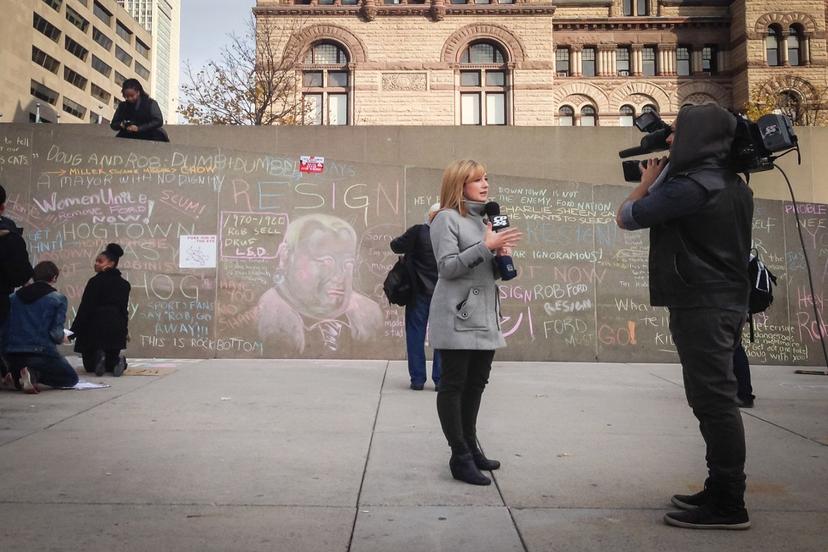Journalism

Background
Journalism first began to stir in the early 17th century, around the same time that the middle class began to emerge and demand political power. It is no coincidence that the first English "newsbooks" appeared in the 1640s, as state control crumbled on the eve of England's civil war. The restoration of monarchy repressed the industry only temporarily, and the first English-language daily newspaper appeared in 1702, followed by the first named magazine, the Gentleman's Magazine, in 1732. Paper was still too expensive for mass circulation, but it was possible to reach many middle-class readers by distributing the periodicals through the coffee houses. The British government attempted to maintain control by imposing a stamp duty, but many periodicals, especially those voicing radical views, defied this mandate, and it was finally eliminated in 1854.
Journalism in the American colonies developed along a parallel track. In the early era of independence, newspapers maintained intensely partisan identities. One of the first papers to attempt a politically independent approach was James Gordon Bennett's New York Herald, founded in 1835. Bennett also was first to assign reporters to cover regular beats, such as Wall Street, European capitals, and Congress. Horace Greeley's immensely popular New York Tribune, founded in 1841, was much more partisan and often undertook crusades for causes that Greeley backed.
In the 1840s, the recently invented electric telegraph came into use to transmit news. Reporters covering the Mexican War and Civil War filed many stories by wire to satisfy the public's fascination. Reporters used economical wording to reduce the cost of their telegrams, and this practice influenced the writing style of the newspapers. In the 1850s, six large New York papers partnered to create a syndicate that would collect news throughout the world and transmit it by wire; this became the Associated Press.
In the decades that followed, big-city newspapers began to develop some of the practices that have since become standard. For example, investigative reporting became popular after the Herald sent Henry Morton Stanley to Africa in search of David Livingstone and the New York World assigned Nellie Bly to feign insanity and report on conditions at a mental hospital. The magazine reporters who specialized in uncovering corruption in politics and business, known as muckrakers, helped inspire many of the reforms of the Progressive Era at the beginning of the 20th century. The Watergate affair of the 1960s inspired a later resurgence of investigative reporting.
During the Gilded Age, the more sensationalist tactics used by newspapers to sway public opinion and boost circulation—alarmist headlines, lurid illustrations, interviews with phony experts, populist crusades—became known as yellow journalism. The yellow press is often credited with whipping up public support for the Spanish-American War.
It was not until the 1890s that the development of halftone printing allowed photographs to replace engravings as illustrations in newspapers. Eventually some newspapers such as the New York Daily News and magazines such as Life began to rely heavily on photographs to convey the news, and the term photojournalism was coined.
Newsreels providing motion-picture documentation of the news began to appear in cinemas almost as early as feature films. They were popular with the movie-going public for many decades, eventually succumbing to the competition of television news in the 1950s. Radio news began in the 1920s, the same decade that saw the widespread availability of radio receivers in the home. Unlike the newspapers, newsreels, and news broadcasts read in the studio, live-feed radio—and later television—allowed journalists to cover news stories in real time, unedited. This capability created a demand for reporters who could think on their feet and project a personality that kept the public engaged, epitomized by such figures as Edward R. Murrow and Walter Cronkite.
The Internet provides a platform for many kinds of journalism, from news organizations based in other media, such as CNN and the New York Times, to blogs offering gossip and highly partisan perspectives. Twitter permits both professional and amateur journalists to communicate news from their smartphones to a global audience instantaneously, intensifying the rush to break stories and sometimes enabling erroneous reports to spread quickly.
